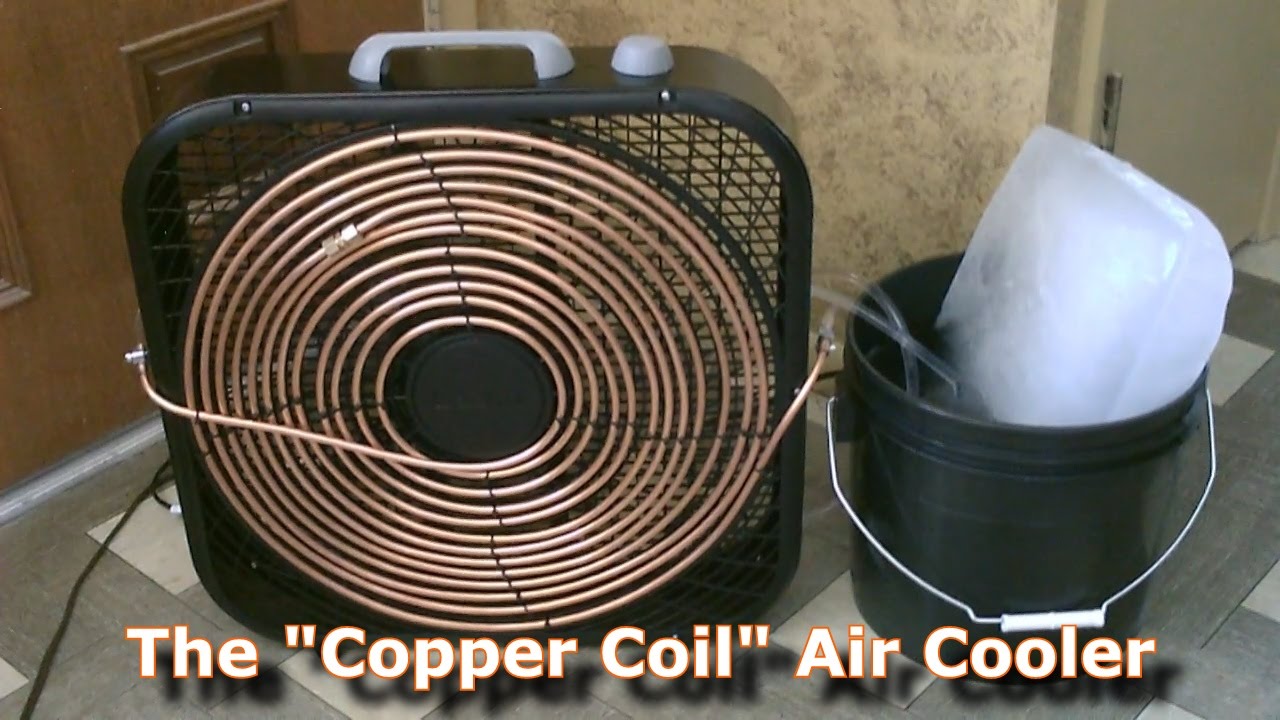gustavohmsilva
Member
- Joined
- May 25, 2015
- Messages
- 16
- Reaction score
- 2
Hi guys!
I'm having a little problem with my new DIY plans and would like some help with it. Could you guys help me a little?
I make small batches (15 gallon each) and have only one fridge, which is a problem, a HUGE problem (because I love brewing, who doesn't?). But instead of buying a new fridge, I'm considering use a small bathroom that nobody uses at home (my fermentation fridge is in there now) as a cold chamber. This would help me keep up to twelve 15 gallon fermenters, but I'm afraid that the energy cost will rise as hell.
My question is: considering I'm gonna insulate the bathroom from top to bottom with 2 inches of Styrofoam, and use an air conditioner to chill 10 gallon of glycol circulating in the fermenters. Which would consume less? Using fridges or this air conditioner + glycol fluid rig?
I have no idea how to measure that because both of them will be turning on and off all the time, maybe some of you guys had made this change (from fridge to glycol DIY chiller) in the past and measure the electric bill price changes...
I'm having a little problem with my new DIY plans and would like some help with it. Could you guys help me a little?
I make small batches (15 gallon each) and have only one fridge, which is a problem, a HUGE problem (because I love brewing, who doesn't?). But instead of buying a new fridge, I'm considering use a small bathroom that nobody uses at home (my fermentation fridge is in there now) as a cold chamber. This would help me keep up to twelve 15 gallon fermenters, but I'm afraid that the energy cost will rise as hell.
My question is: considering I'm gonna insulate the bathroom from top to bottom with 2 inches of Styrofoam, and use an air conditioner to chill 10 gallon of glycol circulating in the fermenters. Which would consume less? Using fridges or this air conditioner + glycol fluid rig?
I have no idea how to measure that because both of them will be turning on and off all the time, maybe some of you guys had made this change (from fridge to glycol DIY chiller) in the past and measure the electric bill price changes...







